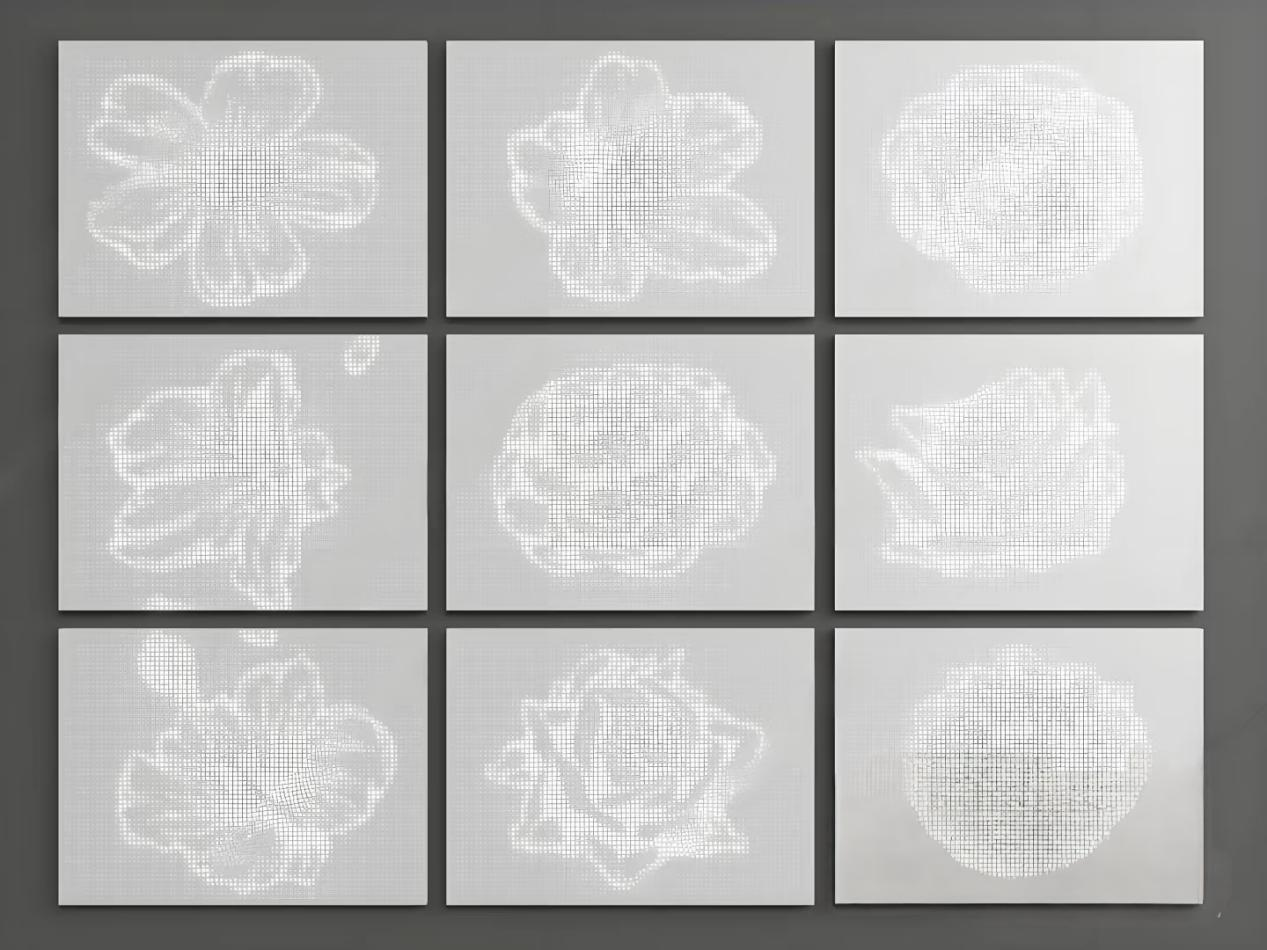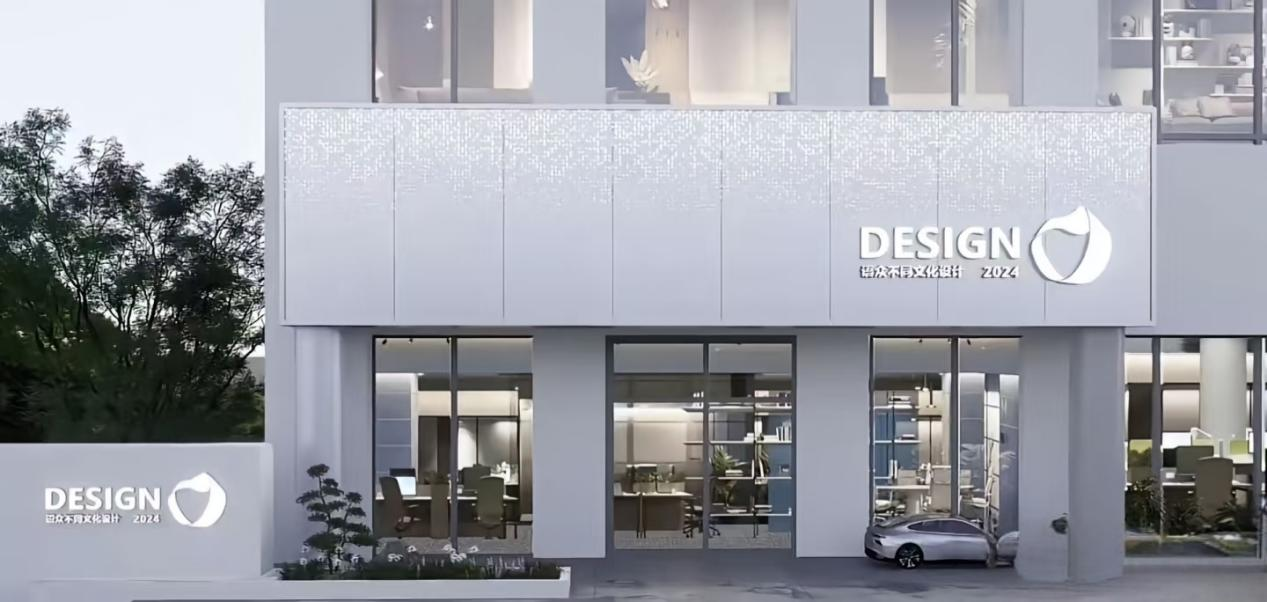

Global Construction Industry Accelerates Low-Carbon and Digital Transformation, Driving Multi-Dimensional Innovation in Perforated Facade Panels
Industry Trends Spotlight:
1.Green Material Revolution
In response to the “Dual Carbon” goals, industry leaders such as Alucobond and 3A Composites have pioneered the launch of low-carbon aluminum-based perforated panels and recycled stainless steel perforated panels, reducing carbon footprints by 40%-60% compared to traditional products. These innovations have secured international green certifications like LEED and BREEAM. Domestic manufacturers in China are also accelerating the adoption of bio-based coating technologies, replacing conventional chemical coatings with plant-derived resins to achieve “zero VOC emissions” (volatile organic compounds).

2. Smart Design Empowerment
Leveraging BIM (Building Information Modeling) and parametric design tools, perforated panels now enable dynamic optimization of hole shapes, densities, and arrangements to balance shading, ventilation, noise reduction, and artistic light-shadow effects. For instance, an international design team developed a “climate-responsive perforated facade” for a landmark project in Dubai, which uses AI-driven algorithms to dynamically adjust aperture openings in real time, achieving 30% annual energy savings.

2. Cultural IP Integration
Cultural tourism and commercial complex projects are driving the evolution of perforated panels from “engineering components” to “cultural carriers.” Recently, a leading Chinese conglomerate secured a contract for a cultural center project in Xi’an, incorporating Tang Dynasty motifs into perforated designs via laser-engraving technology. The resulting “breathing historical wall” spans over 20,000 square meters, setting a new benchmark for regional cultural expression in architectural design.

_bheVqz.png)








_eopC1i.png)
_p2LcTy.png)